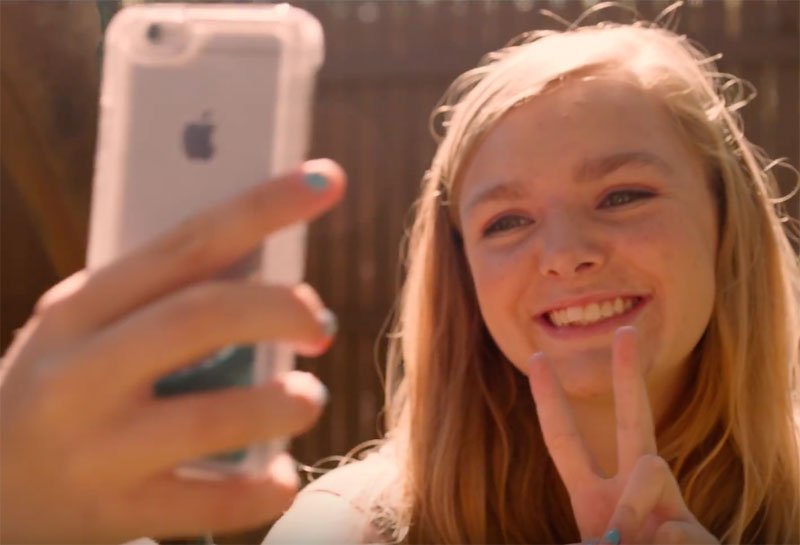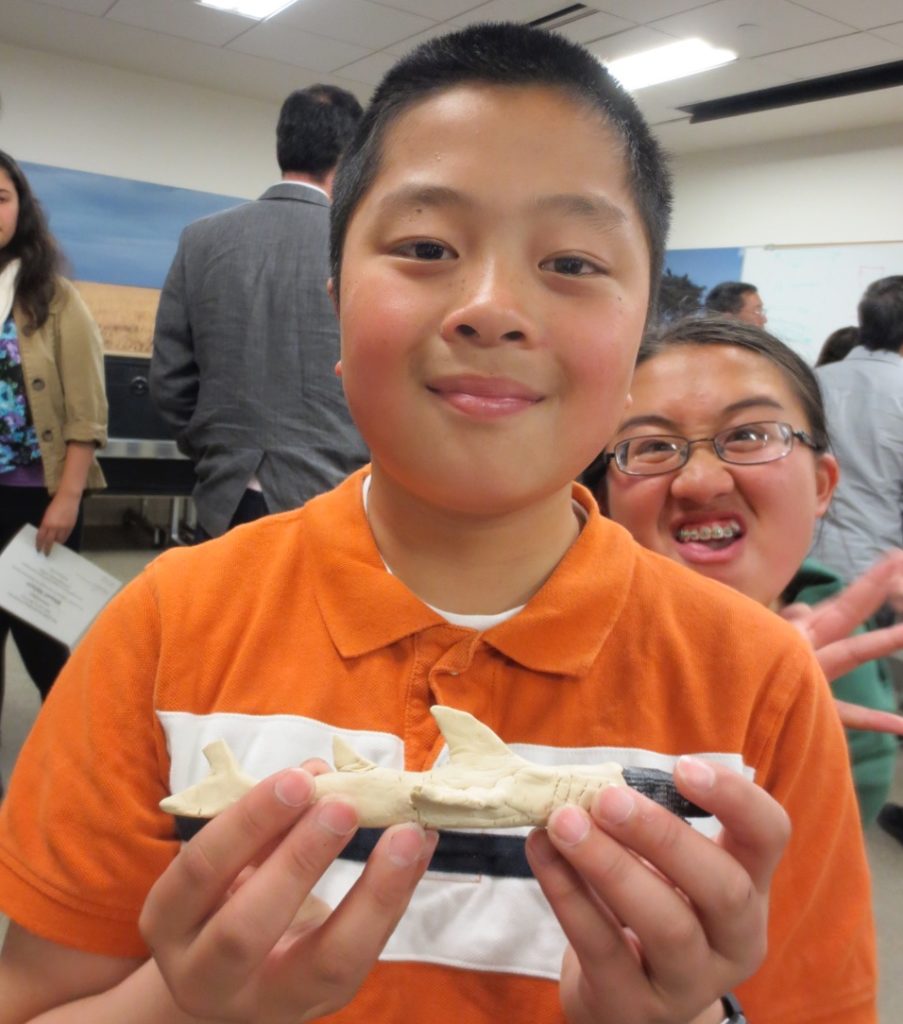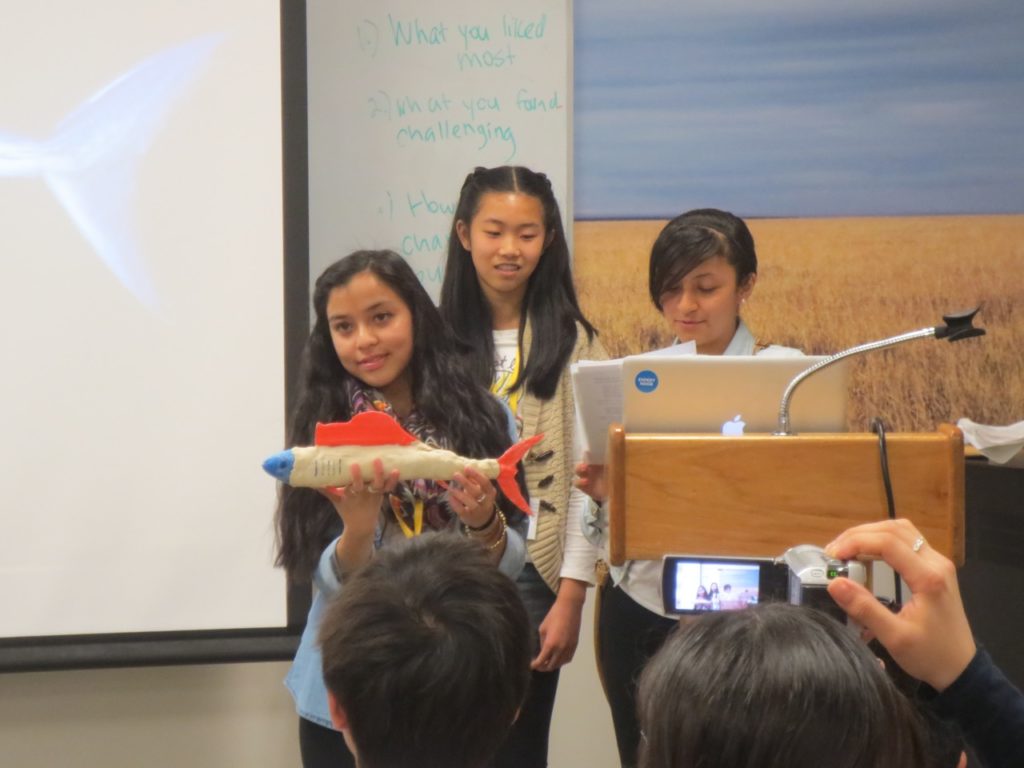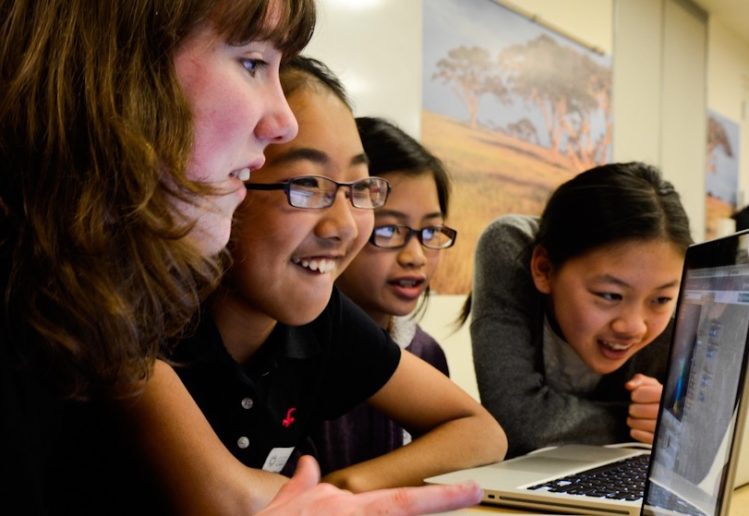The New York Times recently ran a series of articles on how parents are increasingly worried about the amount of time their children are spending on their digital devices. The click-baity headlines include: “The Digital Gap Between Rich and Poor Kids Is Not What We Expected“, “A Dark Consensus About Screens and Kids Begins to Emerge in Silicon Valley,” and “Silicon Valley Nannies Are Phone Police for Kids.”
Combined, these three articles shed little light on the subject of the effects of screen-time on youth mental development, and fall for some of the same old tropes of anti-technology alarmism. Literally the by-line of one of the articles is “I am convinced the devil lives in our phones.” A parent is quoted as saying about digital technology “On the scale between candy and crack cocaine, it’s closer to crack cocaine.”
Of course, this is just the latest in a long, long tradition of histrionics surrounding youth development and technology. Previously it was video games, television, radio, even paperback books. Probably when humanity was composed of tribes of hunter-gatherers living on the plains of Africa, pundits complained that young people were spending too much time painting ideograms instead of learning real world survival skills.
I have a different perspective as a Digital Learning educator.
For five years, I led the Digital Learning program at the California Academy of Sciences, and prior to that, co-directed Digital Learning at Global Kids in New York. During my time at these institutions, we focused on equipping young people to use the incredible digital tools they had available to them to better understand the world around them, to engage with their peers and adult mentors, and to express themselves cogently and creatively. Here’s our approach to helping youth use technology in responsible and productive ways that parents and educators might benefit from.
A Strength-based Approach

Our assumption is that our youth that we work with already have valuable skills and knowledge coming into our programs. While we may be interested in exposing them to and training them to use technologies they may have never used before, we don’t assume they are empty vessels that need filling. Instead, we always start our programs getting to know our young people, finding out what they are interested in, what they are good at, and what they know already.
Some might be concerned about a teen who spends a lot of his time playing video games or taking selfies. We try and focus on what they find interesting about the games they are playing, or what kinds of self-portrait photos they like and how they compose them. You might learn that a kid is really good at organizing a team of players in an MMO to successfully complete a mission, or another teen loves to use free painting apps to make his self-portraits stand out.
As a parent, you might want to try and appreciate some of the positive aspects of what your child is interested in. Perhaps ask them what skills and knowledge your young person is gaining through their digital technology practices. You might be surprised by what you learn.
People Over Technology
Our youth programs have only a few basic guidelines that we ask our teens to abide by. One of them is “People Over Technology” or POT for short. This idea has evolved over the years from a general “no phones” policy to something more nuanced – the people you are engaged with now are more important than whatever digital tool you are using.
Nearly everything that we do in Digital Learning involves youth working with other youth in small teams. So collaboration, compromise and empathy are important values for us.
In practice what this means is that we spend a significant amount of time having our young people engage with each other. We facilitate ice breakers, games, and small group discussions during most sessions. And we make sure that even if there are fast-approaching project deadlines, that we have our teens pause, close their computers, and check-in with each other. Often it’s these POT times that our young people end up appreciating the most about our programs.
For parents, a lot of their focus is often in this area. This is typically coming up with guidelines for when devices and technology can and can’t be used by your child. In my view, a complete ban is probably less effective than a reasonable set of guidelines that balances their screen time and other pursuits and responsibilities. Perhaps more important than the kinds of rules you set is a clear explanation of why you set those rules, in ways your child can understand.
From Digital Consumers to Creators

Whatever digital tool or project we are working on, we focus on giving our young people a deeper understanding of the technology. Whether it’s video games, 3D printing, or social media, we want them to have a range of viewpoints on those subjects. These include the following four roles:
- Consumer: Actually experiencing the full diversity of a particular technology. E.g. the different genres of digital games, or the many possible applications of 3D printing.
- Explainer: Be able to express to someone else what the technology is, and the basics of how it works.
- Critic: Having some means of evaluating the merits of different forms of that technology. What makes a “good” game? What makes a certain kind of social media more effective than others?
- Creator: Using the technology to make your own unique creation, whether its an app, a micro-blog, or a 3D model.
Our goal is for our young people to feel more confident that whatever new technology they encounter, that they can understand, explain, critique, and use that technology for their own purposes.
For a parent, this might take the form of helping your child go deeper into the technology they are interested in. Perhaps it’s a summer camp, afterschool program, or a club that can help them better understand and channel their interests. There are lots of communities of creators and makers online that kids can learn from and participate in safely — from e-textiles to game design to robotics.
Stand and Deliver

Related to the previous goal, we always have our young people present their results and projects to a larger audience at the end of our programs. This typically involves a final presentation that the youth deliver to their families, along with other relevant experts in our museum, and sometimes the general public.
It’s this “stand and deliver” moment that helps our young people contextualize their own learning for themselves, by translating their experiences into a short talk their deliver together to an outside audience.
For parents, this might take the form of just showing a genuine interest in what your child is experiencing and learning from the technology they are engaged in. Often there will be aspects of it that your young person might have to unpack for you to understand. This can be a valuable experience for both of you, in appreciating each other’s contexts and perspectives. And you might learn something new!
In summary, young people are surrounded by a wealth of digital technologies, experiences, and products. Our role as parents and educators is to give them the skills, knowledge, and disposition to use those tools wisely and responsibly. A blanket technology ban is not the best solution for most kids. That might only serve to make those things “forbidden fruit” that they use irresponsibly when you aren’t around, or just gaps in their experience that make it hard for them to navigate those tools as adults.
These are just some ideas that parents might consider when coming up with their own house rules for technology and screen time for their kids. I’m totally aware that what might work in a classroom setting might not be appropriate or as effective in a household. Whatever rules you come up with should take into account the unique interests, abilities, and personalities of your children. I know this is tricky territory to navigate, so I wish you the best.
Better than a set of alarmist articles from the New York Times might be a set of in-depth profiles of parents and their kids who have figured out reasonable guidelines for technology use in their households. That might be less click-baity, but more useful for all the parents out there trying to figure out how to help their kids navigate this constantly evolving, digitally-engaged world we live in.
Are you a parent? What guidelines or house rules have you instituted for your children in regards to technology? How has it worked out in your household? What are the main pain points? Let us know in the comments!

